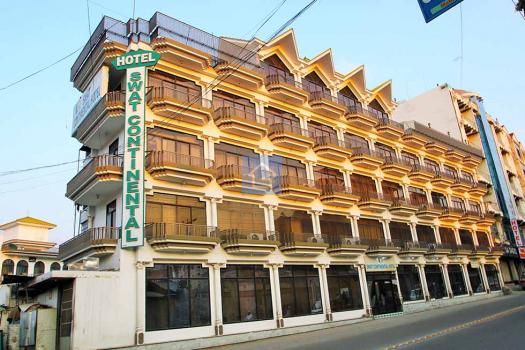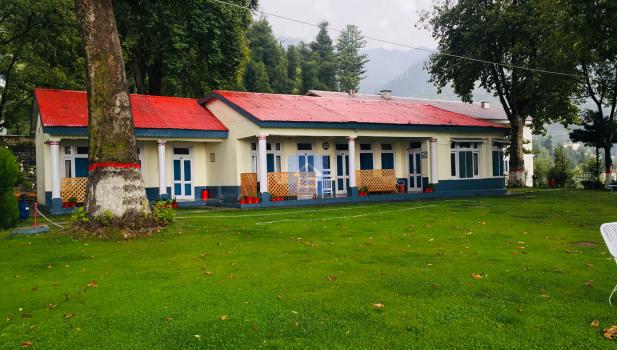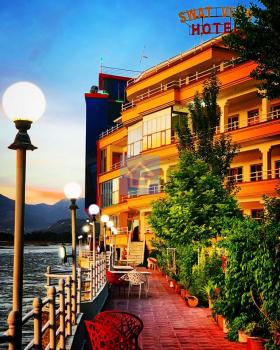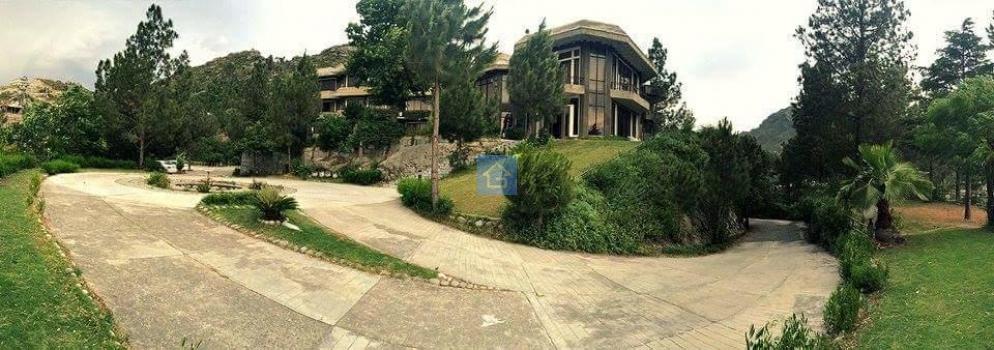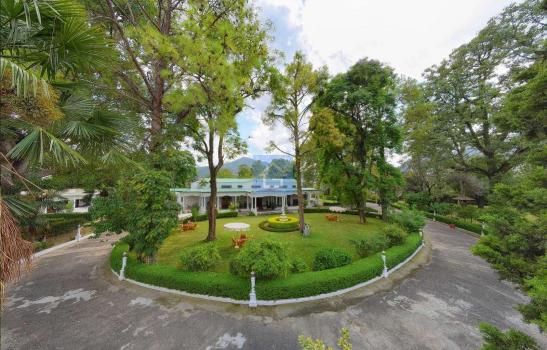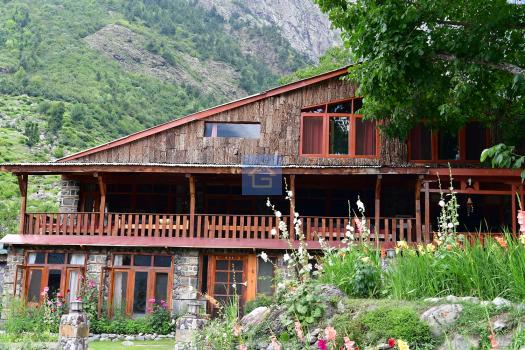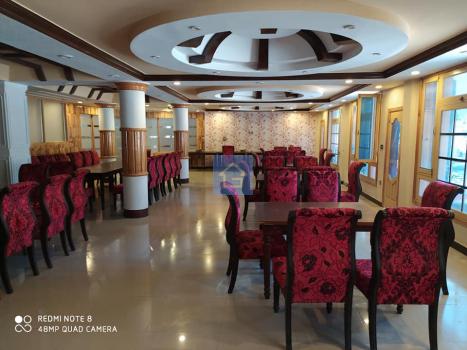- Home
- Browse Blogs
- Travel Destinations
- Thar Desert
Thar Desert
“Thar and my heart are the two names of the same desert”, once wrote Mazhar-ul-Islam, the world-renowned short story writer and pioneer of a new school of the short story in Urdu, Pakistan’s national language. He belongs to Punjab province, writes in U..
Thar Desert
“Thar and my heart are the two names of the same desert”, once wrote Mazhar-ul-Islam, the world-renowned short story writer and pioneer of a new school of the short story in Urdu, Pakistan’s national language. He belongs to Punjab province, writes in Urdu, and most of his admirers belong to Sindh province of which Tharparkar district is one of the major parts with a total area of 28,170 sq. k.m. Times back, there was a sea where the Thar is now.
The geologists believe that the sea turned to a desert because of some big earthquake and stormy winds created sand dunes. But, the wrinkled-faces of old folks of Thar are there to tell the travelers a centuries-old tale of a Rishi (worshiper) who’s Buddha (asking something from God against someone) turned the sea dry. Topography: Tharparkar consists of two words, Thar means ‘desert’ while Parkar stands for ‘the other side’. Years back, it was known as Thar and Parkar but subsequently became just one-word ‘Tharparkar’ for the two distinct parts of Sindh province. On the western side, Parkar is the irrigated area whereas Thar, the eastern part, is known as the largest desert of Pakistan with a rich multifaceted culture, heritage, traditions, folk tales, dances and music due to its inhabitants who belong to different religions, sects, and casts.
The Parkar area has been formed by the alluvial deposits of river Indus while Thar mostly consists of barren tracts of sand dunes covered with thorny bushes. The only hills of the district, named Karon-Jhar, are in the extreme south-east corner of Nagar Parkar Taluka, a part of Thar. These hills are spread over about 20 kilometers in length and attain a height of 300 meters. Covered with sparse jungle and pasturage, they give rise to two perennial springs as well as streams caused after rain. Climate: The Thar area has a tropical desert climate.
The months of April, May, and June are the hottest ones during the day. The average maximum and minimum temperatures during this period remain 41 centigrade to 24 centigrade respectively while December, January, and February are the comparatively coldest months with average maximum and minimum temperatures 28 centigrade to 9 centigrade respectively. Rainfall varies from year to year. Most of the rain falls in the monsoon months between June and September whereas the winter rains are insignificant.
Water and housing in the desert: The rains play a vital role in the life of all parts of Thar as the water deposits in tobas (small ponds) are used for drinking, washing, and other purposes. These tobas are the only source of water for animals and human in most of the desert area. Just for this reason, a major portion of the population lives like gypsies. When a Toba comes to dry, they move to the next destination around the water-filled Toba. The human settlements are mostly found near the Karon-Jhar hills where two seasonal streams flow but not in all the seasons. The underground water is rarely found in the Thar desert. If luckily found, after digging a very deep well, it comes out quite sour and putrid. Simply undrinkable.
Sometimes fortune does knock the doors of the Thar inhabitants when sweet water comes out of a very deeply dug well. Then the housing units start increasing around that well. Digging the well is not so easy a number of times, it claims the lives of the well-diggers. According to the 1980 housing census, there were 241,326 housing units of one or two very small rooms. The degree of crowding was six persons per housing unit and three persons per room. For most of the housing units (approximately 76 percent), the main construction material of outer walls is unbaked bricks whereas wood is used in 10 percent and baked bricks or stones with mud bonding in 8 percent housing units. A large number of families still live in judges (one room housing units formed with straws and thin wood-sticks). The wind storm proves these jhugis unsustainable all the times. But the poverty leaves no other option to these jhugiwalas (people living in jhugis).
What attract you most: The life is miserable and uncertain in Thar but full of action and thrill for those tourists and visitors who take pains to discover and see new cultures, lifestyle, and traditions. Right from a travel on kaikra (the 2nd world war army truck) which is the only transportation for people and animals together to reach inside Thar and to the sun-rising and sun-setting scenes, camel caravans, grazing and traveling herds, big and small sand dunes with thorny bushes, traditional dresses and jewelry of women, folk music and dances may attract you for their richness and originality. Some worth-seeing places: Though sand is all around in Thar. But, in the Nangarparkar, the egg-shaped hills of Karon-Jhar and the charm of its valleys coupled with some sacred places for Hindus may give unforgettable memories.
A few kilometers away in the north-western side from Nangarparkar, Hindus’ holy place Saroharo attracts its believers as Hindus denote this temple to their Mahadev (the biggest god). Saroharo is on the brink of a seasonal stream and an all-season-pond where Hindus come for their rituals. Since they have faith in the presence of these hills and pond in their holy books, they throw the bones and ashes of dead bodies into a whirlpool of this pond after burning them. They also celebrate Shorateri fair here every March. Above Saroharo, there is the Rishi’s aasthan (a very small room used for worship) and ten impressions of his fingers of feet. According to a belief that Rishi worshipped here for ten thousand years but finally lost his invocation by touching a young girl. (He is the same Rishi whose request to the god turned the sea into a desert.) Gaomakhi is another aasthan, just a kilometer away in the north of Saroharo. Here the tips of two hills join each other, making the shape of a cow. A 30-feet high waterfall may be witnessed here during the monsoon season. Hindus come here too for their rituals. At the distance of a few yards in the south of Gaomakhi, here is a very deep pond named Bhemgoda. It is 20 feet wide and around 30 feet long pond that never dries up. Inchlas is another aasthan towards the south-western of Nangarparkar. Here, three streams come out of different hills.
Water flows from these natural streams all the year. A tavern is here for the travelers and Hindus who visit Inchlas aasthan. Chandan Gud is a fort, built by Rana Chandan, one of the Parkar rulers, in 1859. Now, only its remains are there. Some customs and traditions: The common lifestyle in Thar is based on the joint family system. All three generations; grandparents, parents, and children prefer to live under one roof. However, men and women have divided out-door and domestic responsibilities among themselves according to their ages and skills. Main duties of the men in the family are plowing the fields, animal-grazing, weaving, and house-construction or other money-earning activities whereas the women responsibilities include bringing water from the well or pond, cooking, washing, maintenance of the house, thread-making, embroidering, knitting, etc. The money earned through any means by anyone is the common property of the family.
The daughter is given more respect and honor. If someone swears upon his daughter’s head, is considered more valid than any other swear. The Hindus and other non-Muslims settle down the engagement of their daughter in her childhood where Muslims go for daughter’s wedding in her adult age without giving any importance to her consent, age-difference or financial status. Mostly close relatives, family circle or caste is preferred for weddings even in Muslims too. Muslims have also acquired another tradition from Hindus that they wed their daughter and son in the same family together. If a daughter is married to a family with no girl, it has to pay some money to the daughter’s father.
If a family has no son to get married in replication then the daughter’s father gets married to the bride’s sister. Boy’s family celebrates the wedding by singing songs and beating dhol (the traditional drum) while the girl’s family remains grim and no such activity is seen there. The wedding procession goes on well-decorated camels to the girl’s house. In the case of Muslim bridegroom’s death, the younger brother weds to the bride whereas Hindus have no such tradition and the widow cannot have her other marriage rest of his life. If someone passes away in a Muslim family, they put on black dresses, women break their bangles and start weep-n-cry together. They mourn for three days. The Hindus shave their heads and mustaches and put on an unstitched cloth on their heads for 12 days of mourning. At the end of mourning in both religions, the meal is served to family, relatives, and neighbors after offering some prayers for the soul of the dead one. Muslims have their graveyards but Hindus burn the dead-bodies and throw aches into sacred ponds and whirlpools.
Adopting a son by issueless families is common in Thari Hindus. They celebrate it like weddings by singing songs and beating the drum in a crowd of relatives. The ownership rights of man’s property go to the boy, adopted by him. Main Professions: Woodwork, wool-weaving, leather work, jewelry-making, cloth-dyeing, embroidery, snake-charming, agriculture (in a few parts), herd-grazing About music, dance, and festivals: Thar is a cultural island in the mid of Sindhi, Rajhestani and Gujrati ocean of cultures. The Rajhestani culture overshadows the other two cultures. Thari music seems to be more inspired by the Rajhestani music traditions but with its own emotional rhythm and colors. An old Thari musician believes that most of the Thari music is based on Mandh beat of Rajhestani music even the women on a death weep-n-cry in the same rhythm. Thari music is considered to be of vital importance in the folk music of Pakistan.
Often used as background music for TV plays and serials because of its simplicity of emotional expressions, oneness, and oddity. The Thari musicians are especially invited to all folk concerts and fairs all over Pakistan as they are considered as best in Kafi singing. Kafi is a kind of poetic expression with a blend of mysticism. Most of the kafis are written by the great Sufis (mystics) of the Sindh province. They have their own regional and folk songs too what they sing on their weddings and other happy occasions like fairs and when the rain falls. Mostly each verse of their folk songs are divided into four rhythmic beats but the frame of composition remains the same. The folk music and dance are the living traditions of Thar.
If asked to any woman or man to dance or sing, they can. Pain, agony, solitude, and deprivation are the basic components of Thari music, perhaps, because of their miserable lifestyle. Even their melodies are sung on sorrowing rhythmic beats. Thari male singers are commonly known as faqirs (the person devoted himself to the saint’s tomb). Among the six popular singers from Thar five are men including Murad Faqir, Budhu Faqir, Kalu Faqir, Shaadi Faqir Dhadhi and Bhgru Bhel. Mai Bhagi was the only female singer who got recognized herself on a national level. Her songs were recorded by radio and TV and later on released on cassettes. Kamacha, sitar, tabla, Sarinda, harmonium, and shahnai are the main musical instruments of Thar. But Kamacha is the identity of Thar, it cannot be found anywhere else in the province.
Playing Kamacha is not a joke, only a master musician with years of practice can. Like other parts of Pakistan, Thar also has a few folk dances including dandan rand, mitco, chakar rand, and rasooro. The dandan rand is performed by eight or ten men, having one small stick in one hand and silk handkerchief in the other one, on the dhol beat in a circle. The dhol player also sings the songs while the rest of the men dance. The mitco is the solo performance by a male dancer. It is also performed by women in their houses on weddings of their sons alone. The chakar rand dance is the traditions Thari Muslims.
The male dancer performs it holding a sword in his hand on dhol beat. The rasooro is a stick dance by women even dhol is played by women and some women also sing the song on the dhol beat. The festivals are a significant part of Thar's cultural life. Since the life of people is quite miserable and they feel starved for recreational activities, the festivals provide them a source of delight and joy. Mostly the Muslims’ festivals are arranged at the tombs of saints and Sufis whereas Hindus’ at their temples. For both Muslims and Hindus, these festivals remain simple in nature as a few shops of sweets are erected, besides mlakhra competition (a kind of wrestling) and some musical events.
The popular Muslims’ festivals are Razi Shah Mela, Syed Misri Shah Mela, Mueen Shah Mela, Pir Aalam Shah Mela, and Pir Hassan Ali Shah Mela while Par Barham Mela, Sho Mela, Ram Gabbar Mela, and Malhan Mela are known Hindus’ festivals. Major Seasonal Ponds (Box item) Chalchi, Unand ki trai, Gudray, Rana Ser, Katho, Mithi, Sanga and Lorai Water deposits in these ponds remain maximum to seven or eight months. There are many other small ponds that become dry within a month or two. Main parts of Thar (box item) Chachro, Mithi, Diplo, Nangarparkar, Umerkot A tale of Rishi’s “Buddha” (Side-bar or Box item) Once upon a time, there was a Rishi (worshiper) who was in search of an isolated place to worship. One day when he was in trans, he saw the Karon-Jhar Hills and decided to go there for his worship. He spent almost ten thousand years in devotion standing on each finger of his feet.
During the last days of his worship, the Rishi’s wife sent a letter to him tied around the neck of a butterfly requesting him to come back. Replying back to his wife, the Rishi wiped off the drops of perspiration from his forehead and wrapped in his wife’s letter and returned the butterfly back to his wife. While passing over the sea, an eagle attacked the butterfly, and Rishi’s sweat-drops fell in the mouth of a fish. Later on, the fish gave birth to a girl who was brought-up by fishermen and named after Machandra. In her youth, she turned to be a most beautiful girl, used to sail in the full-moon nights.
Meanwhile, the Rishi has completed his worship and went to the fishermen so that they could take him to the other side of the sea. But, all the fishermen were busy and they asked Machandra to take the Rishi another side of the sea. After sitting in the boat and watching the beauty of Machandra, the Rishi fell in love with the girl. He rubbed the back of the girl. Realizing his wrong-doing, he stopped himself at once but he has lost his ten thousand years’ worship. Then he raised his hands for Buddha (asking something from God against someone) and said, “O’ Parkar no Rishi or Monk shall take birth on thy soil”. Rishi’s Buddha led the sea dried and a busy harbor turned to a desert. The history has no evidence of any Rishi or Monk on the soil.
Recommended list of popular & trending blogs based on visits, people searched.
-
-
-
-
-
[Article] The Significance of Contrast in Photography / in Travel Destinations
-
-
-
-
-
-
-
-
-
-
-
-
[Article] The Effects of AI on Photography / in Travel Destinations
-
-
-
Trending Hotels
Best affordable & leading hotels to stay in swat valley for families, students, honeymoon couples from lahore, karachi, faisalabad, multan, peshawar & islamabad.
Best Holiday Packages
Want to get a great holiday in Swat Valley? At Guestkor Travel we have a full range of holiday deals on offer for affordable prices.
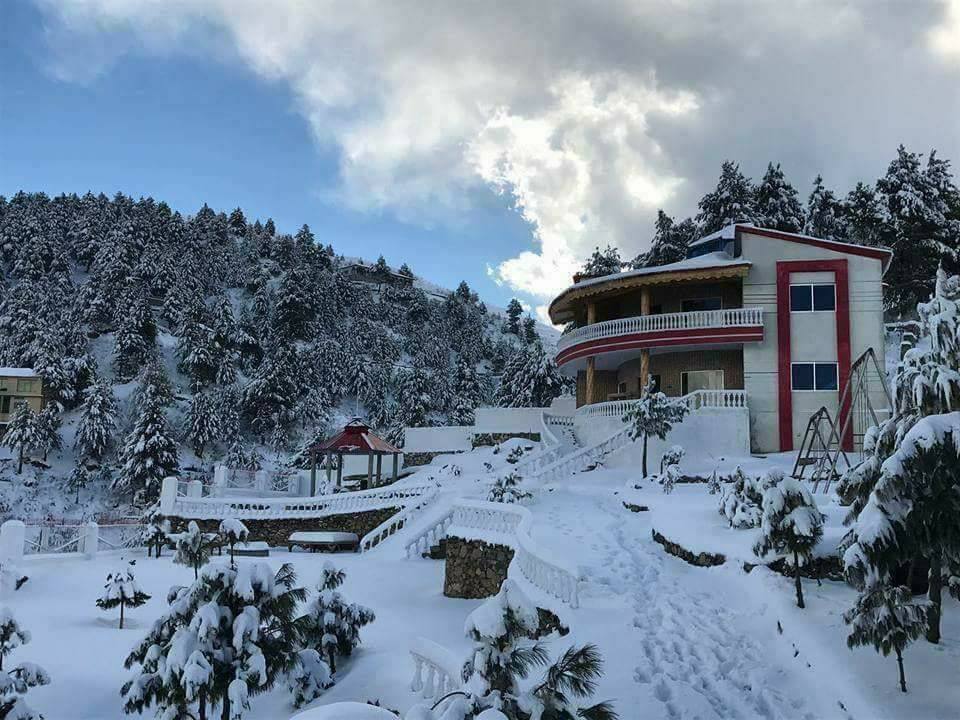
Per Person
2 days 1 night islamabad to malam jabba standard group tour winter/snowfall package
- 9-15 people
- |
- blue area → swat
- (10 reviews)
- Group Tours
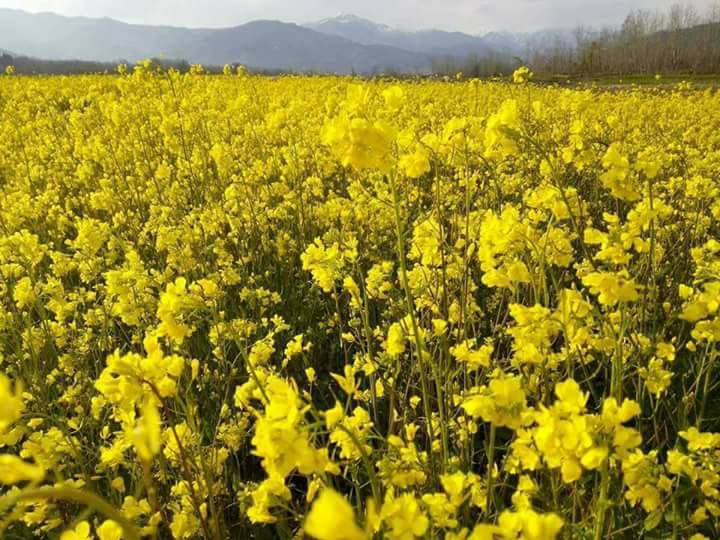
Per Person
2 days 1 night islamabad to gabeen jabba standard family tour winter/snowfall package
- 9-15 people
- |
- blue area → swat
- (6 reviews)
- Family Tours
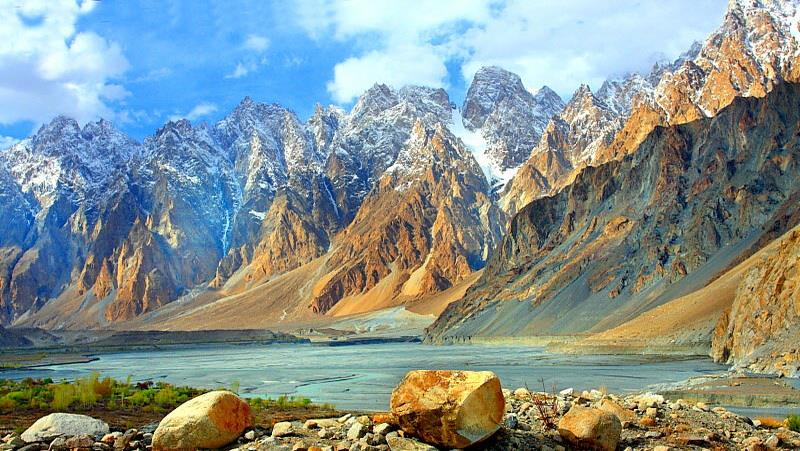
Per Person
6 days 5 nights islamabad to kalash valley standard group tour winter/snowfall package
- 9-15 people
- |
- blue area → chitral
- (6 reviews)
- Group Tours
